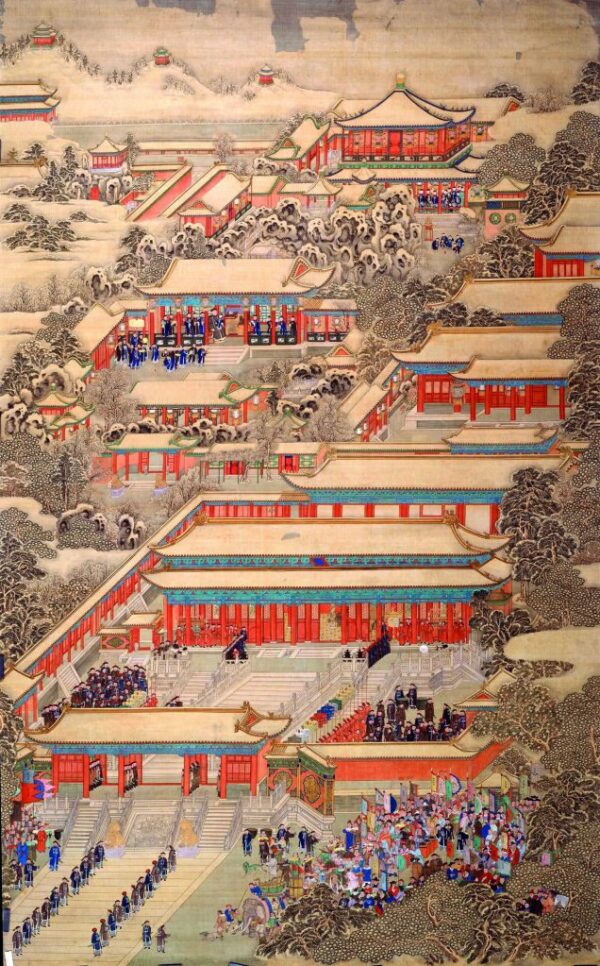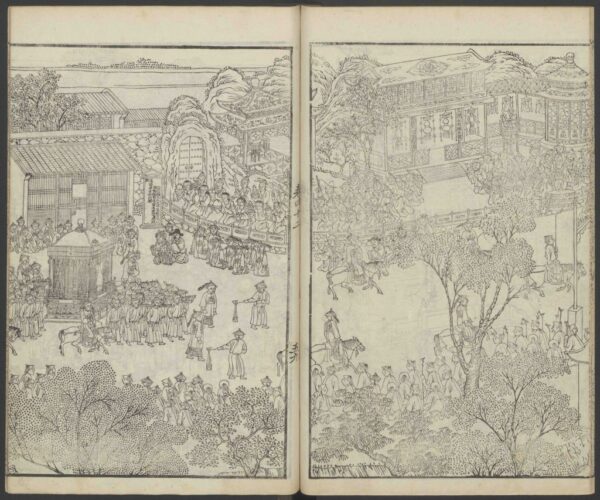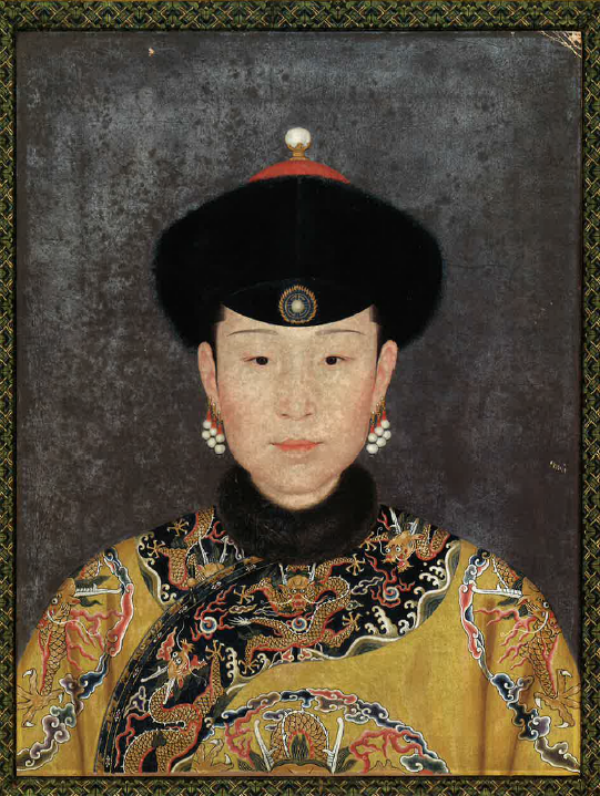As the imperial capital of the Ming and Qing dynasties, early modern Beijing was a thriving metropolis and truly global city. The largest city in the world throughout much of the early modern period, the human, artistic, and cultural currents that circulated within its walls extended throughout the empire, into East and Southeast Asia, and across Eurasia.
This MA Special Option explores the production and circulation of art within and beyond the early modern cosmopolitan centres of High Ming and especially Qing Beijing (ca. 1600–1800+). Contrary to reputation, the courts and societies of early modern China were deeply engaged with popular, elite, and global cultures of their periods. People, objects, and ideas from throughout the empire and around the world passed through Beijing, engendering a visual and material culture in mutually productive dialogue with a rich variety of intellectual and artistic sources. Through an exploration of images, objects, and spaces, this course considers how the court conceived, created, and deployed works of art as vehicles for ideological and cultural expression; the transcultural encounters both within and beyond the empire’s borders that contributed to these processes, including those with the pan-Asian Islamic and European worlds; and the circulation and consumption of objects among the court’s diverse audiences.
The course takes full advantage of the rich collections of London, offering first-hand study from original works of art and architecture in the UK and, where possible, overseas, as well as extensive primary and secondary sources, and published works of art. Particular attention is given to the visual culture of the court in painting and print, and to its self-presentation through representation and spectacle; to the roles of diplomatic exchange, trade, and elite and popular cultures in histories of court art; to understandings of gender, ethnicity, and the exotic during the period; and to the historical and historiographic questions raised by shifting understandings of genre, medium, style, and artistic technology across the early modern world.
Shifting away from Chinese art’s traditional emphasis on Southern culture and discourses, Beijing and Beyond recentres the period and its artistic production within emerging discussions of connected histories of art. Taking the artistic activities and cultural currents of the court and capital as its points of origin, Beijing and Beyond explores overlapping imperial, regional, and global networks of interchange as it presents an alternative perspective on early modern art in China.
The course is furthermore integrated into a larger interest in the analytical methods that explore Trans-asias and early modern urbanity. As part of the coursework, students join the Strolling Isfahan cohort to produce publishable work for Things That Talk.
Please note: whilst many Special Options will include site visits within the UK and further afield, these are subject to confirmation.
In the event that a course leader is on sabbatical, takes up a fellowship, or otherwise is not able to teach the course, they will be replaced by another experienced course leader either for a semester or, in some cases, the academic year.
This year the Special Option will be taught by Kexin Ma.
Kexin Ma holds a PhD in History of Art and Archaeology from SOAS University of London and is a Fellow of the Higher Education Academy (FHEA). Her research and teaching engage with the visual and material cultures in early modern China, with a particular focus on intermedial dialogues between art forms and the transcultural exchanges of technical knowledge and design concepts. Kexin has presented research on Ming and Qing ceramics and paintings through journal articles and conference papers, drawing attention to the itinerised biographies of objects and images. Most recently, her article ‘From the Qing Court to the Museum Vitrine: On the Acquisition and Display of the Guwan tu Handscroll in the Victoria and Albert Museum’ (Asian Studies 13, No. 1, 2025) delves into the history of collecting and display, reintroducing paintings from China as active material artifacts that constantly interact with their spatial surroundings and socio-cultural milieus.
Before joining the Courtauld, Kexin served as the visiting assistant teaching professor of Art History at the College of William and Mary (2024/25) and co-convened the Arts of China module in the SOAS-Alphawood Postgraduate Diploma in Asian Art programme (2023/24). Alongside her academic pursuits, Kexin also has experience working as freelance translator, assistant editor, and curatorial assistant in a number of institutions, including Orientations magazine Ltd., the OCAT institute, the National Gallery of Prague, the National Art Museum of China, and the UCCA Center for Contemporary Art.









